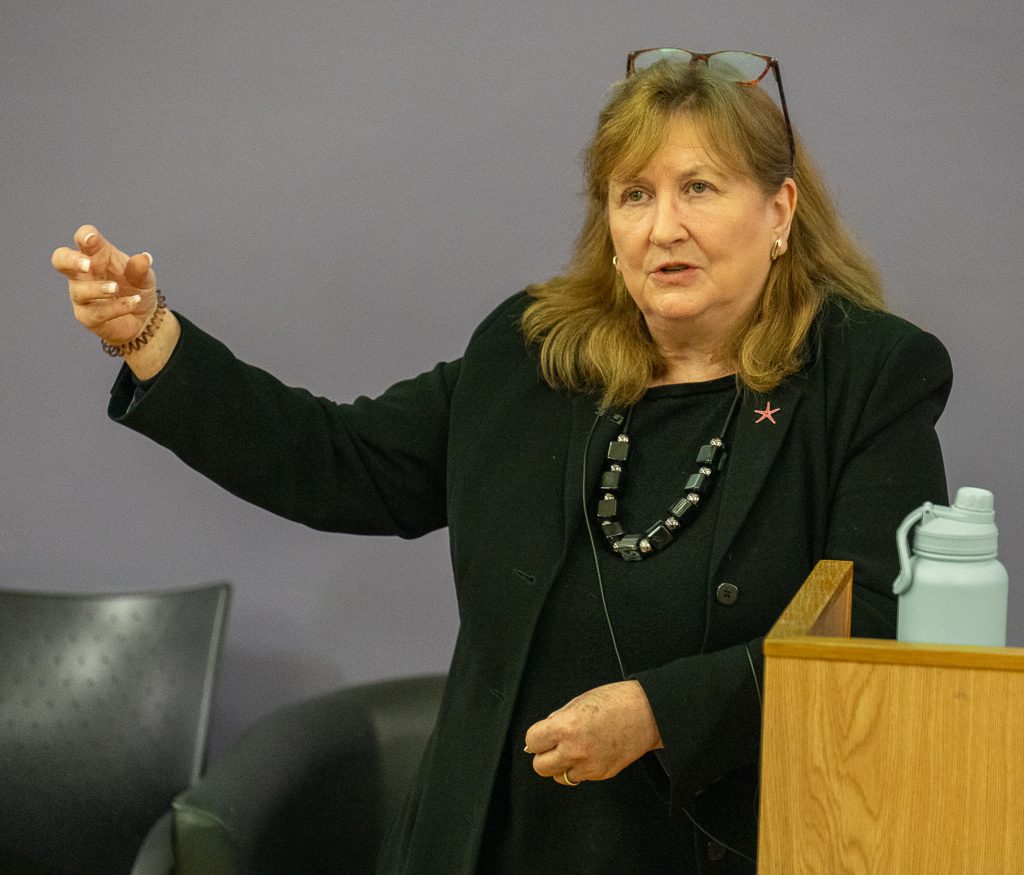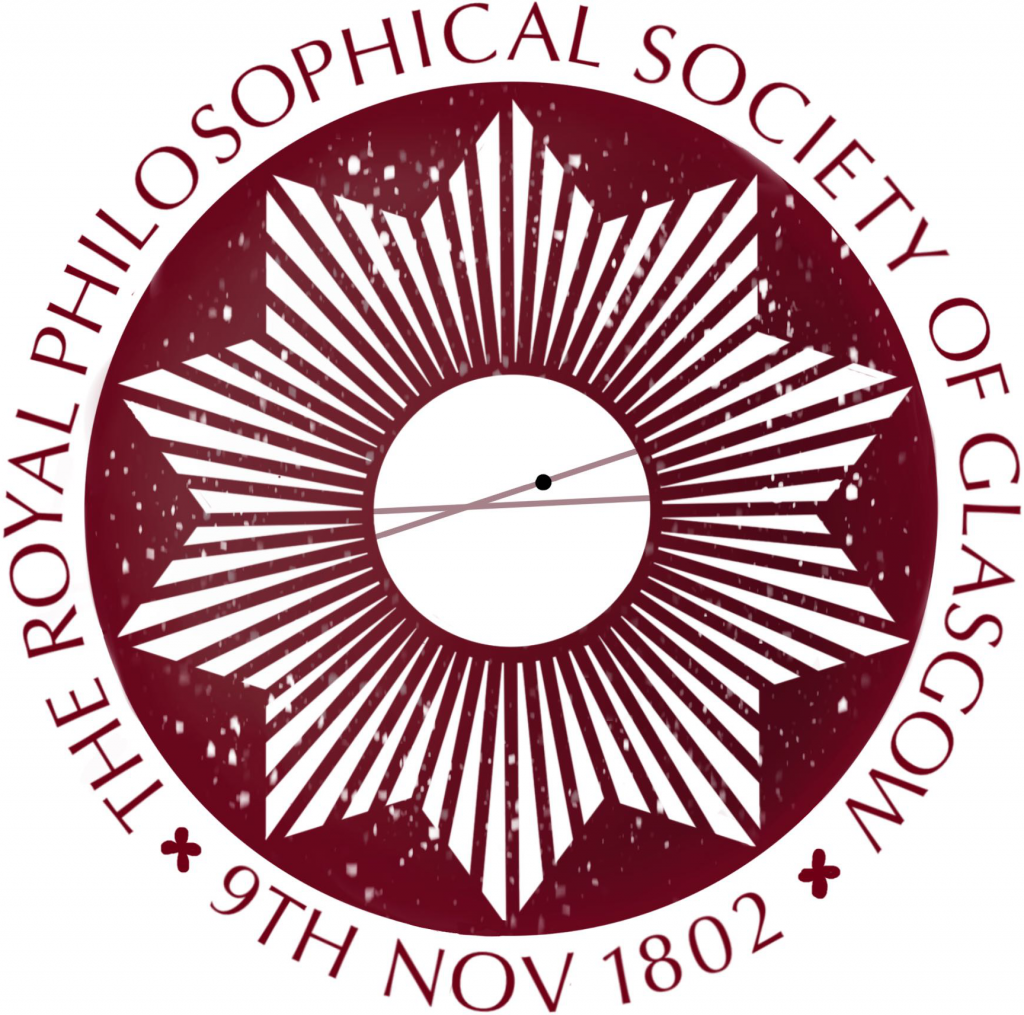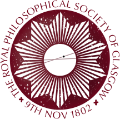A review of the talk by member Croy Thomson

“I have to travel to places where horrible things happen,” said Professor Lorna Dawson. She then took us to some of those places. The journey was an intriguing, moving and occasionally chilling exploration of forensic soil science. Engagingly and clearly, she dished the dirt on elusive killers.
The dark heart of this lecture lay in its true-crime case studies, which included five in Scotland (“Not all murders happen in Glasgow,” she said reassuringly. That’s alright then.)
We saw actual case imagery (“Please, no photography during the case studies.”) and we heard about mud, shoes, search dogs, a dashcam, moss, pollen, diatoms, access and exit paths, rhododendron leaves, wood chippings and other damning clues.
Each grim fate was objectively explained, the forensic procedures laid out, the legal conclusions presented. After showing the final study, Professor Dawson called for a moment’s silent respect for the luckless victims. “It’s the victims you remember, not the perpetrators.” Her empathy was palpable.
“Remember you’re more likely to be killed by someone you know!”
We learned that in certain quarters of Glasgow you can purchase a ‘crime special’ car valet to eliminate incriminating traces (thorough yes, thorough enough no). More upliftingly, it was demonstrated that Scotland has one of the best open-source soil databases in the world, an invaluable tool when pinning down where suspects have or have not been. The sheer professionalism, patience, ingenuity (“… we removed the washing machine filter …”) and perseverance of investigating teams impressed immensely. “It’s a team-worky thing,” said the Professor, emphasising that soil forensics is an inter-disciplinary field often linking expertise in areas such as botany, anthropology, pathology, archaeology and geology.
It wasn’t all murder and mayhem. Professor Dawson touched on the history of soil forensics. The Romans were early developers of the skill, examining the hooves of captured enemy horses to discern where they’d been. We met pioneers such as Dr Locard, who gave us the fundamental forensic principle, “Every contact leaves a trace.” The microscopist Ehrenberg solved a long-distance railway heist involving barrels of sand; Georg Popp in 1904 closed a brutal murder case by examining the main suspect’s shoes (note to self: avoid farmyard goose droppings); and that most famous of sleuths, Sherlock Holmes, was an early adopter of soil forensics – his descriptions of London soils are accurate (yes, Professor Dawson researched them and she has herself been consulted by crime fiction writers).
We were reminded that soil science can establish innocence as well as guilt, and is used in cases other than violent crime, for example in verification of antiquities (“The treasure trove was not dug up where or when the claimant said it was.”)
Dawson quotes: On having to give expert testimony in court: “It’s lonely place, in the witness box.” “There are more organisms in a teaspoon of soil than there are people on the planet.” “A dead body is a heavy thing … killers are often lazy when disposing of the corpse … they don’t carry corpses far, which helps narrow the search areas.”
Finally, as we rose to depart: “Remember you’re more likely to be killed by someone you know!”
Biography

Professor Dawson is Principal Scientist and Head of the Centre for Forensic Soil Science at the James Hutton Institute. She has worked on over 200 cases with police, lawyers and agencies. Chair Dr Geraint Bevan thanked Professor Dawson, presented her with the Society Paperweight and hurried home to clean his washing machine filter.
The talk will be available on line after March 19th.
